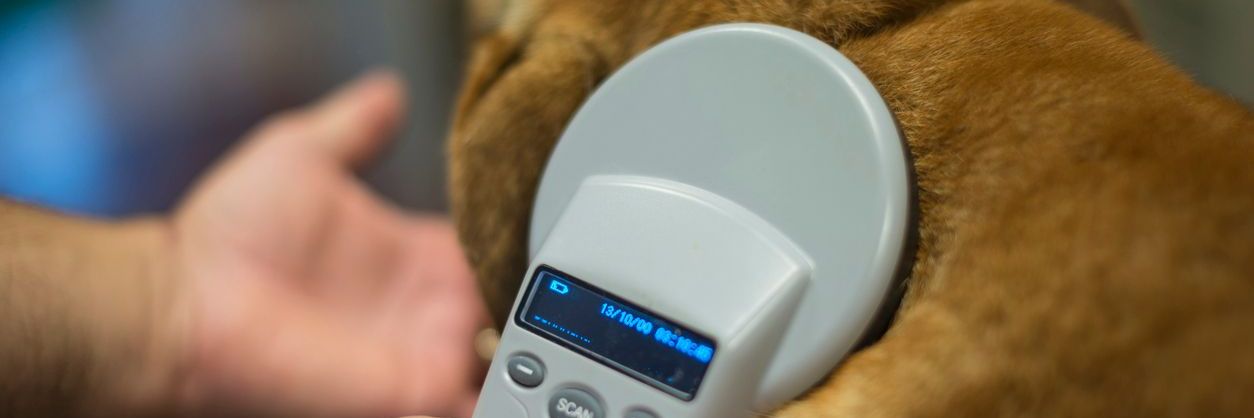Check the Chip Day, observed on August 15, is an essential reminder for pet owners to verify that their furry friends’ microchip information is current. This simple task can significantly improve the chances of reuniting with your pet if they ever go missing.
Why Checking Your Pet’s Microchip is Important
Microchipping is a reliable way to identify pets if they become lost. A microchip, roughly the size of a grain of rice, is implanted under your pet’s skin, usually between the shoulder blades. This chip contains a unique identification number that can be scanned by a vet or animal shelter. When scanned, the number links to your contact information in a database, allowing you to be contacted if your pet is found.
However, the effectiveness of microchipping depends on the accuracy of the information in the database. If you move, change your phone number, or update other contact details, it’s essential to update your information in the microchip registry. This ensures that if your pet is found, you can be reached without delay.
How Microchips are Inserted
Microchips are inserted via a quick, straightforward procedure performed by a veterinarian. The chip is placed using a needle, similar to a vaccine injection. The process is virtually painless and typically only causes a brief moment of discomfort for your pet. It is a routine procedure that requires no anesthesia.
Do Microchips Have an Expiration Date?
Microchips themselves do not have an expiration date. They are designed to function for the lifetime of your pet. However, the information associated with the chip must be kept current in the microchip registry to be effective. If your pet’s microchip details are not updated, the chip becomes useless in helping you recover your pet.
I Adopted a Dog or Cat That Was Microchipped—How Do I Know Who the Manufacturer Was?
If you’ve adopted a pet that already has a microchip, you may need to find out which microchip company’s registry holds your pet’s information in order to update it. The microchip number, which can be scanned by a veterinarian, will typically be registered with a specific microchip company. Ask your veterinarian to scan your pet’s microchip to obtain the number. Once you have this number, you can contact the following major microchip providers to update your information:
- HomeAgain: To update your information, visit the HomeAgain website and log in to your account. You can update your contact details online or call their customer service for assistance.
- AKC Reunite: Visit the AKC Reunite website and use their online portal to update your contact information. You can also reach out to their customer service for help.
- PetLink: Go to the PetLink website and log in to your account to update your details. PetLink also offers a mobile app for easy updates on the go.
- MICROCHIP ID: Access the MICROCHIP ID website and log in to your account to update your information. You can also contact their customer support for assistance.
- Found Animals: For Michelson Found Animals, visit their website to access the microchip registry. Their customer service can also assist with any updates.
Other Forms of Pet Identification
While microchipping is highly effective, combining it with other forms of identification can enhance your pet’s safety. Here are additional methods to consider:
- Collar Tags: Traditional ID tags on a collar are a visible way to provide immediate contact information. Make sure the tag is securely attached and includes up-to-date contact details.
- GPS Trackers: Some pet owners opt for GPS trackers that attach to their pet’s collar. These devices allow you to track your pet’s location in real time through a smartphone app, providing an extra layer of security.
- Tattooing: While less common, tattooing is another option for permanent identification. A tattoo can be placed inside the ear or on the inner thigh and can be used in conjunction with a microchip.
What to Do on Check the Chip Day
On August 15, take a few minutes to:
- Verify Your Pet’s Microchip Information: Contact the microchip registry or use their online portal to ensure your contact details are current.
- Visit Your Veterinarian: Schedule an appointment to have your pet’s microchip scanned, ensuring it is functioning properly.
- Update Your Pet’s Tags: Check that your pet’s collar ID tags are readable and contain the correct information.
- Consider Additional Identification: Evaluate if a GPS tracker or other forms of identification could benefit your pet.
Keeping your pet’s microchip information current and using multiple identification methods can greatly improve the chances of a swift reunion should they become lost. Celebrate Check the Chip Day by taking these essential steps to ensure your pet’s safety and well-being.
